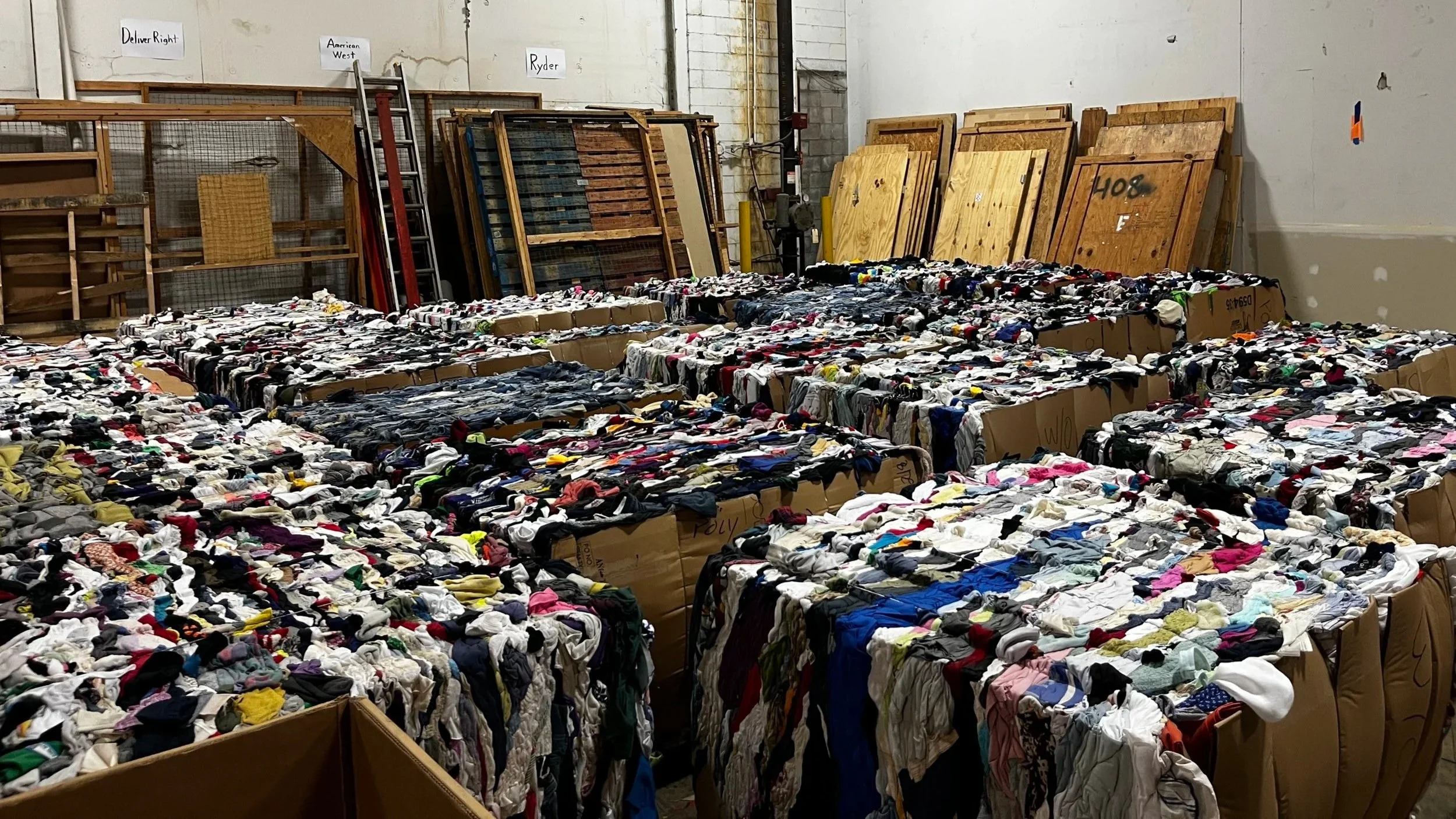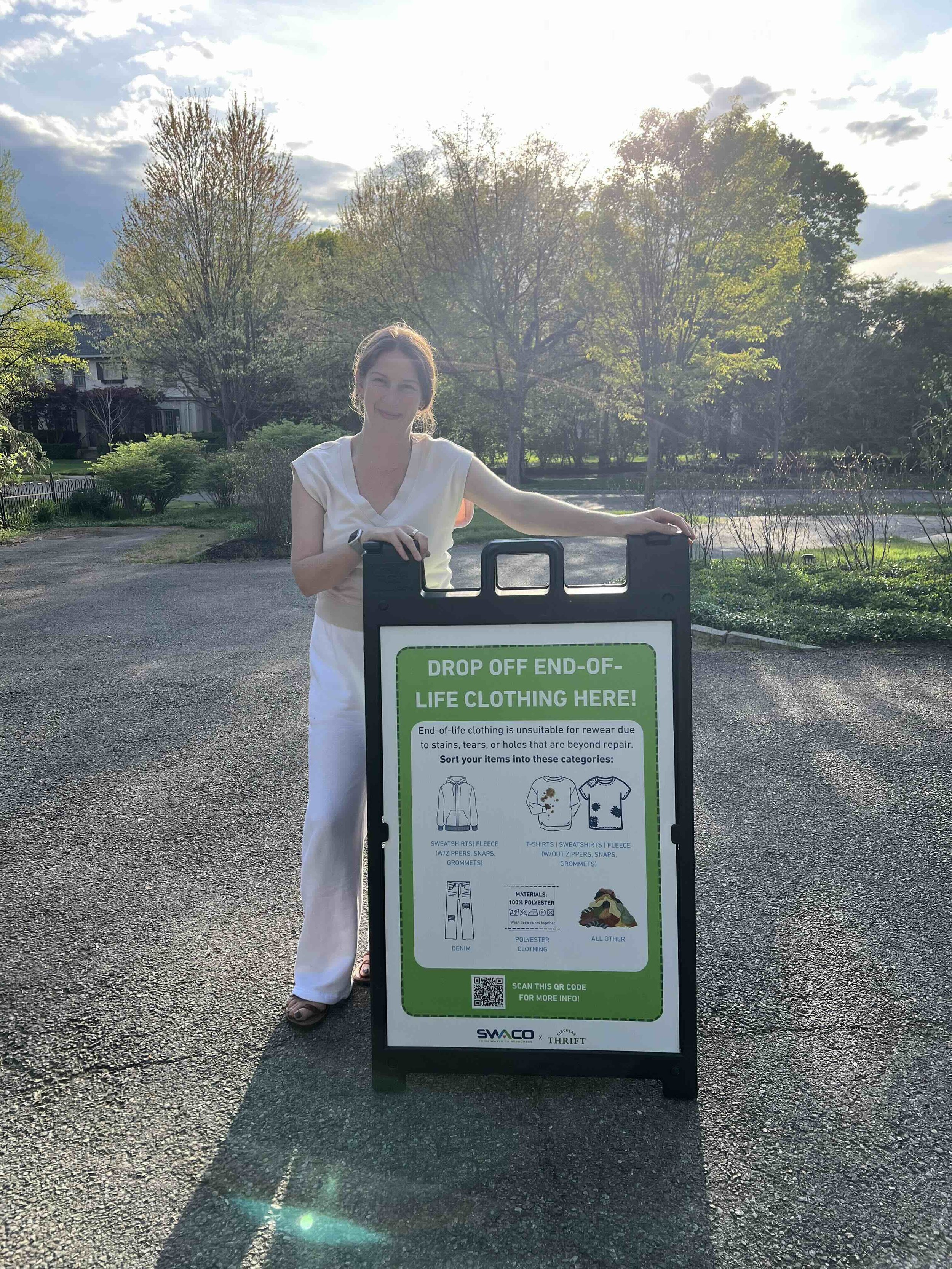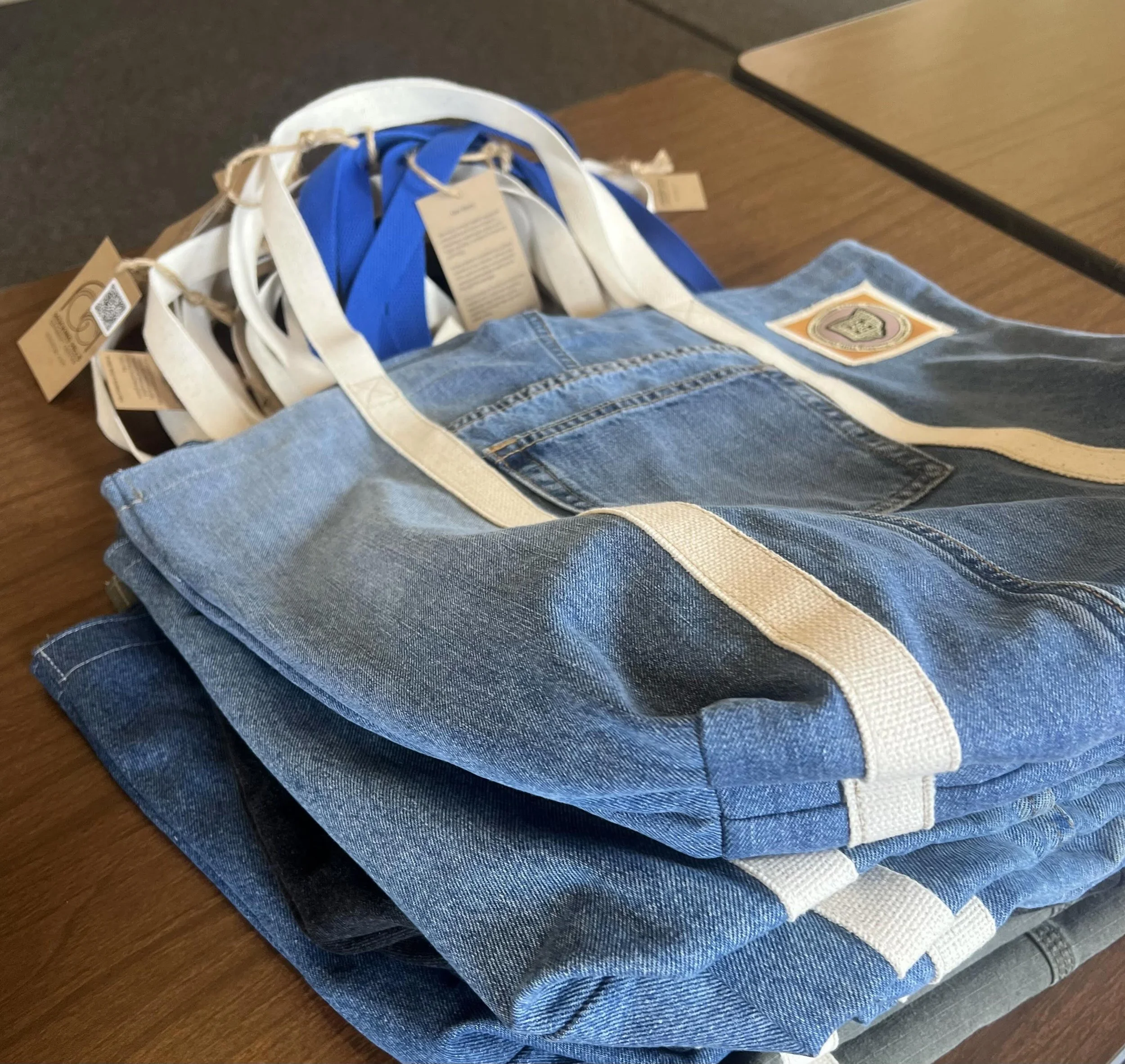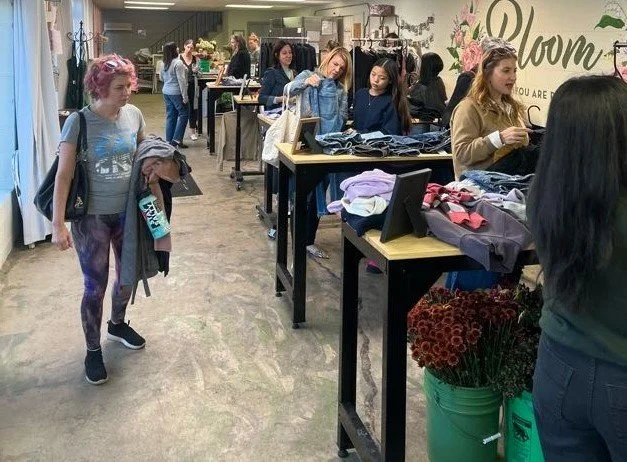Circular Thrift Builds Community around Sustainable Fashion. Through the organization of community clothing exchanges, mending workshops, and educational opportunites we strive to shift consumers’ relationship with consumption. Together we can reduce the impact of fashion production on the environment.
Work with Me - Consulting
I can help you make your community more environmentally sustainable.
Shop Circular Thrift
I’m working to valorize textile waste and to create jobs in the US.
JOIN A COMMUNITY EVENT
January 23rd
Embroidery Workshop
Columbus, OH
March 8th
Kids Clothing Swap
Columbus, OH
May 9th
Womens Clothing Swap
Columbus, OH

I’m excited to share my thoughts about opportunities for change from a micro to macro level. Please support my journey. I promise to be authentic and sometimes entertaining.







